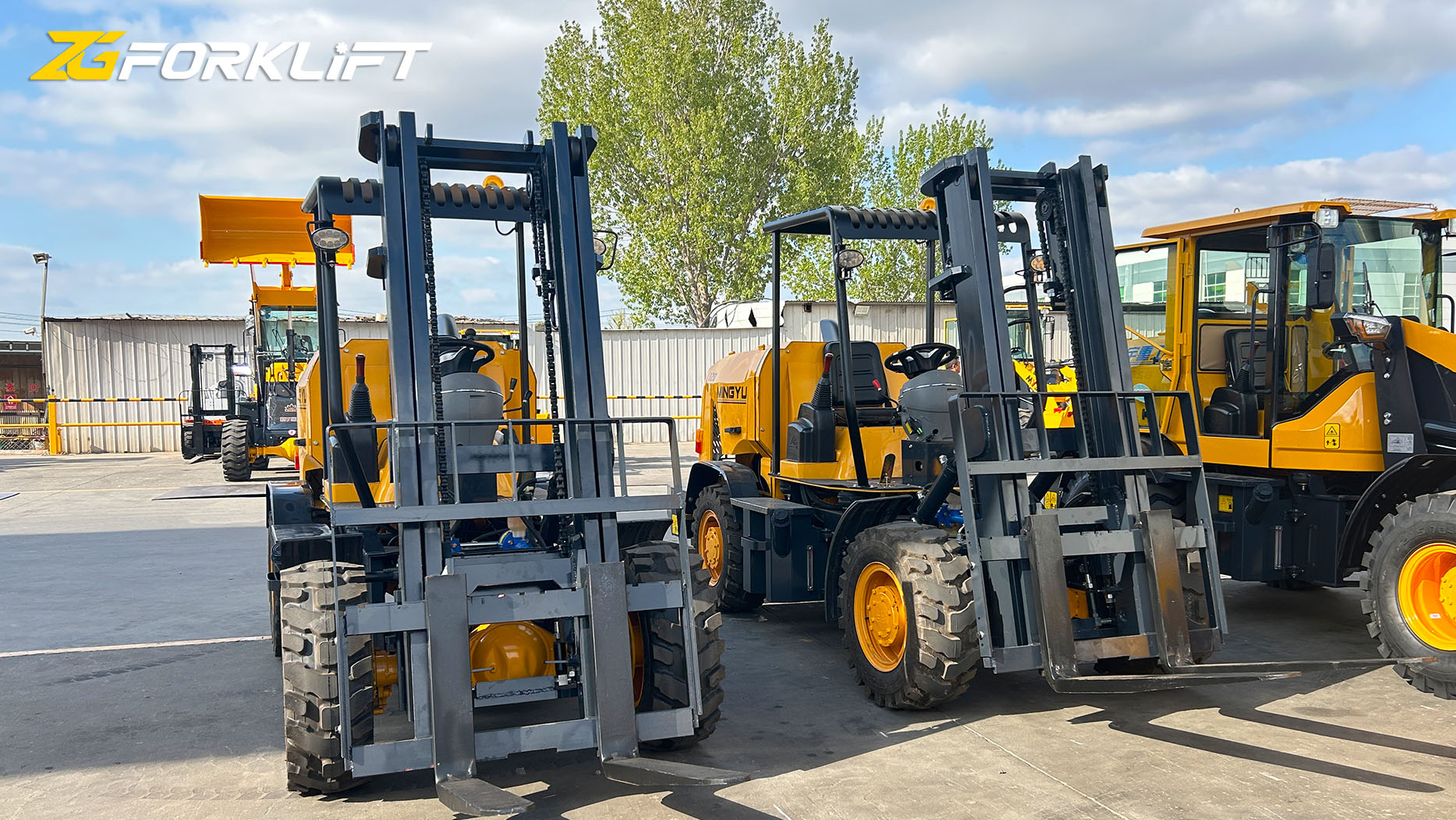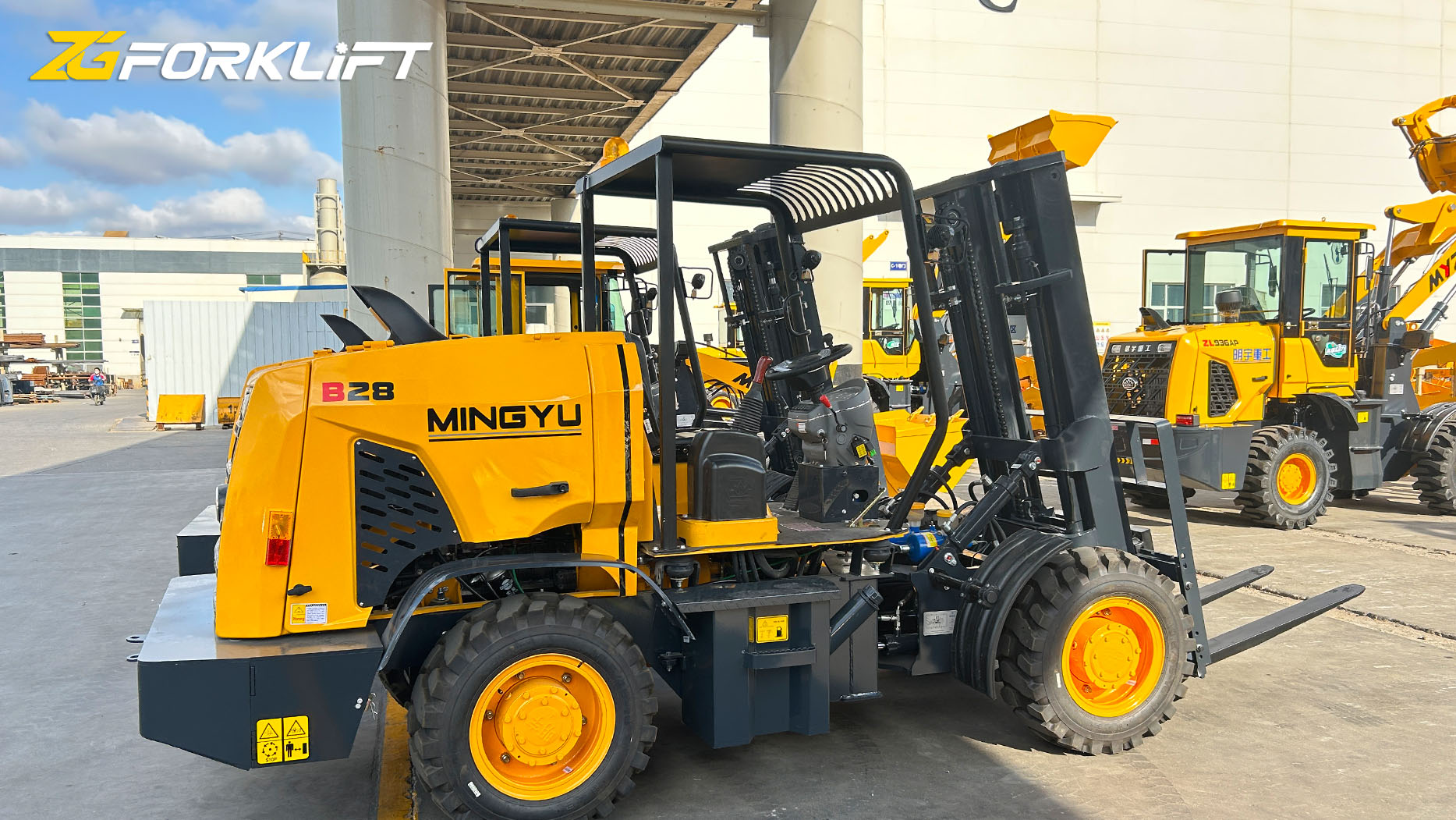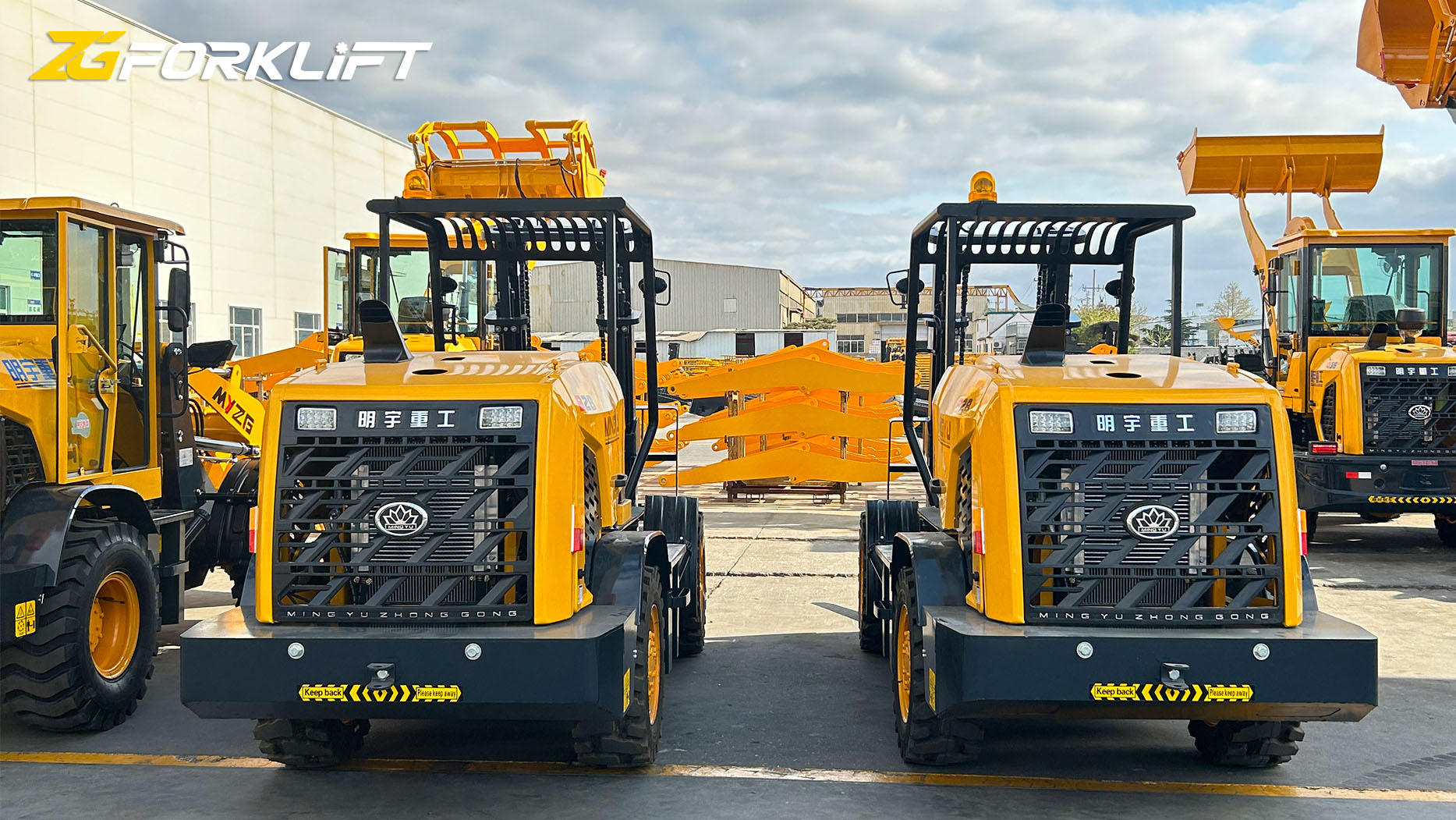What is a Class 7 Rough Terrain Forklift? A Comprehensive Guide
In the world of material handling, forklifts are indispensable workhorses, moving materials efficiently across various industries. While many are familiar with standard warehouse forklifts, a specialized breed exists for the most challenging environments: the Class 7 rough terrain forklift. These robust machines are designed to tackle uneven, muddy, and otherwise difficult terrains, making them essential for construction sites, lumber yards, agricultural operations, and other outdoor applications. This article provides a comprehensive overview of Class 7 rough terrain forklifts, exploring their features, capabilities, applications, and key considerations for choosing the right machine.
Defining the Class 7 Designation:
The Industrial Truck Association (ITA) classifies forklifts into several categories based on their design and intended use. Class 7 specifically designates "Rough Terrain Forklift Trucks." This classification sets them apart from other forklift types, highlighting their unique capabilities and suitability for demanding environments.
Key Characteristics of a Class 7 Rough Terrain Forklift:
Several key features distinguish Class 7 forklifts from their counterparts:
Large, Pneumatic Tires: These oversized tires provide exceptional traction and cushioning on uneven surfaces. Their air-filled design absorbs shocks and vibrations, ensuring a smoother ride and minimizing damage to the load and the machine. This is perhaps the most defining characteristic of a rough terrain forklift.
High Ground Clearance: Rough terrain forklifts boast significantly higher ground clearance than standard forklifts. This allows them to navigate obstacles, traverse ditches, and operate on inclines without scraping the undercarriage.
Four-Wheel Drive (4WD): Most Class 7 forklifts are equipped with 4WD, providing superior traction and climbing ability in challenging terrains. This feature is crucial for navigating muddy, slippery, or loose surfaces.
Powerful Engines: Rough terrain forklifts typically have more powerful engines than standard forklifts to handle the demands of operating in challenging environments. These engines provide the necessary torque for climbing slopes, traversing rough terrain, and lifting heavy loads.
Durable Construction: Class 7 forklifts are built with heavy-duty frames and components to withstand the rigors of rough terrain operation. Their robust construction ensures longevity and minimizes downtime.
Oscillating Axle: This feature allows each wheel to move independently, maintaining contact with the ground even on uneven surfaces. This enhances stability and traction, improving safety and performance.
Specialized Attachments: Rough terrain forklifts can be equipped with a variety of specialized attachments, such as rotating forks, material buckets, and grapples,to adapt to specific material handling needs.
Types of Class 7 Rough Terrain Forklifts:
While all Class 7 forklifts share core characteristics, they can be further categorized based on their design and lifting capacity:
Standard Rough Terrain Forklifts: These are the most common type, offering a balance of lifting capacity, lift height, and maneuverability. They are suitable for a wide range of applications.
Telescopic Handler (Telehandler): While sometimes classified separately, telehandlers share many characteristics with Class 7 forklifts and are often used in similar applications. They feature a telescopic boom that extends forward and upward, providing exceptional reach and lifting height.
Masted Rough Terrain Forklifts: These resemble standard forklifts but with the added features of large pneumatic tires and 4WD. They are suitable for applications requiring high lift heights in rough terrain.
Applications of Class 7 Rough Terrain Forklifts:
The unique capabilities of Class 7 forklifts make them indispensable in various industries:
Construction: Moving building materials, lumber, and equipment around construction sites, often on uneven or muddy terrain.
Agriculture: Handling crops, transporting bales of hay, and moving equipment in fields and farms.
Lumber Yards: Stacking and moving lumber in rough and uneven outdoor storage areas.
Mining: Transporting materials and equipment in mining operations, often in challenging underground or surface environments.
Oil and Gas: Moving equipment and supplies in remote locations with difficult terrain.
Military: Handling logistics and moving supplies in challenging environments.
Disaster Relief: Moving supplies and equipment in disaster-stricken areas, often on damaged or inaccessible roads.
Factors to Consider When Choosing a Class 7 Rough Terrain Forklift:
Selecting the right Class 7 forklift is crucial for maximizing productivity and safety. Consider the following factors:
Lifting Capacity: Determine the maximum weight you need to lift.
Lift Height: Consider the maximum height you need to reach.
Terrain Conditions: Evaluate the type of terrain the forklift will be operating on (e.g., mud, gravel, slopes).
Maneuverability: Assess the space constraints of the work environment and choose a forklift with appropriate turning radius.
Fuel Type: Consider the availability and cost of different fuel types (e.g., diesel, propane). Diesel is common for heavy-duty applications.
Attachments: Determine if any specialized attachments are required for specific tasks.
Safety Features: Ensure the forklift has essential safety features, such as rollover protection (ROPS) and seatbelts.
Maintenance Requirements: Consider the ease of maintenance and availability of spare parts.
Budget: Balance the cost of the forklift with its features and capabilities.
Safety Considerations for Operating Class 7 Rough Terrain Forklifts:
Operating a rough terrain forklift requires specialized training and adherence to safety protocols:
Operator Training: Ensure all operators are properly trained and certified to operate the specific type of forklift.
Pre-Operation Inspection: Conduct a thorough inspection of the forklift before each use, checking tires, fluids, controls, and safety features.
Load Capacity: Never exceed the forklift's rated load capacity.
Terrain Assessment: Assess the terrain before operating the forklift, identifying potential hazards such as obstacles, slopes, and soft spots.
Safe Operating Practices: Follow safe operating practices, such as maintaining a safe speed, avoiding sudden turns, and using appropriate signaling.
Personal Protective Equipment (PPE): Wear appropriate PPE, such as hard hats, safety shoes, and high-visibility vests.
Conclusion:
Class 7 rough terrain forklifts are essential pieces of equipment for industries operating in challenging outdoor environments. Their robust design, specialized features, and powerful engines enable them to handle demanding tasks in rough terrain conditions. By understanding the key characteristics, types, applications, and safety considerations associated with Class 7 forklifts, businesses can make informed decisions when choosing the right machine for their specific needs. Investing in a well-maintained and properly operated rough terrain forklift can significantly enhance productivity, efficiency, and safety in a variety of industries.
Post time:Feb.06.2025



